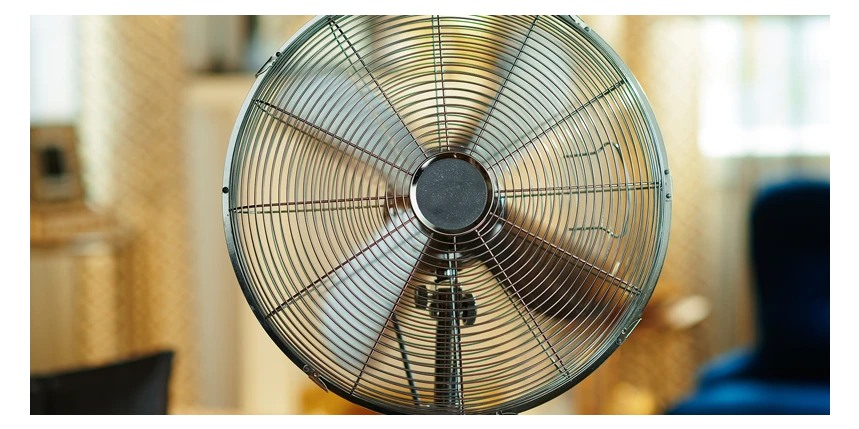How Proper Ventilation Helps Cool Your Home
 Turning on your trusty ceiling fan is enough ventilation in the summer, right? Not exactly. Ventilation is about more than just keeping you cool in your recliner.
Turning on your trusty ceiling fan is enough ventilation in the summer, right? Not exactly. Ventilation is about more than just keeping you cool in your recliner.
Why ventilate?
Ventilation helps improve indoor air quality.
Adequate ventilation aids air quality, preventing the buildup of harmful pollutants in your home.
Ventilate to prevent mold growth.
Ventilation prevents moisture buildup which can result in mold growth and damage to the structure and contents of your home.
Ventilate for that dream vacation.
Take the strain off your HVAC system and energy bills and better control temperature and humidity by ventilating regularly.
What’s your type?
Eau natural?
Natural ventilation, such as opening windows and doors, can keep your home cool when done properly. This means opening doors and windows in the morning and evening when temperatures are coolest, and closing them well before the heat of the day.
Mechanically inclined?
Ceiling fans
Cheap and easy to operate, ceiling fans cost only pennies per hour to run. Not only can they make you feel 4-6 degrees cooler, but they can help your HVAC system better dehumidify air throughout your home as well. For the best results and least investment, spin it clockwise in the summer, turning it off or installing a motion detector switch (about $20) when you leave.
Box fans
Inexpensive window fans are best used in harmony with wind direction to create a breeze through your home. Experiment with various windows and positioning for optimum effect. For added versatility, opt for reversible types.
Whole house ventilators
Whole house ventilators reduce the need for air conditioning by exchanging hot indoor air with cooler outdoor air. How much? In many locations, a whole house ventilator can substitute for an air conditioner most of the year. There are four types: exhaust, supply, balanced and energy recovery systems. The best solution for you will depend on your home.
Heat recovery ventilators
Heat Recovery Ventilators or HRVs help control temperatures and reduce cooling costs. They utilize one fan to exhaust hot, polluted air, and another to return cool, fresh air to your home. This transfer of heat can also be reversed for the winter season.
Positive input ventilation
Positive input ventilators push fresh air into your home, forcing stale air out through exfiltration, or natural leakage.
Feeling on the spot
On-the-spot ventilation, such as kitchen and bathroom exhaust fans, helps control moisture that can bog down your cooling system. Spot ventilation is typically used in combination with other types and can make natural ventilation more effective.
Want something structurally sound?
Proper structural ventilation is necessary to control temperature and moisture levels in your home.
From top…
In your attic, cross ventilation between the eaves and ridgeline controls heat not only in your attic – but your living space as well. That’s why it is crucial to avoid blocking these vents with items such as holiday decorations and boxes of old knickknacks.
To bottom…
Crawlspaces must also be properly ventilated to control moisture and prevent structural rot. If you’re seeing visible mildew, your current ventilation is not getting the job done. Contact Aire Serv today!
Are you ready to beat the heat this summer season?
Summer temperatures are just around the corner. While you’re trading those itchy sweaters and hefty boots for tank tops and sandals, start planning how to outfit your home for the summer as well. Spring and fall are great times for planning both routine maintenance, such as changing your air filter, and professional maintenance, such as coil cleaning and refrigerant adjustments for your HVAC system. A little forethought now could save you a huge headache later – specifically a big repair bill from a pitifully maintained system that’s left you high and dry in a heat wave.
Don't have what you need to breeze through summer? Contact Aire Serv® today.
 Click to call
Click to call


